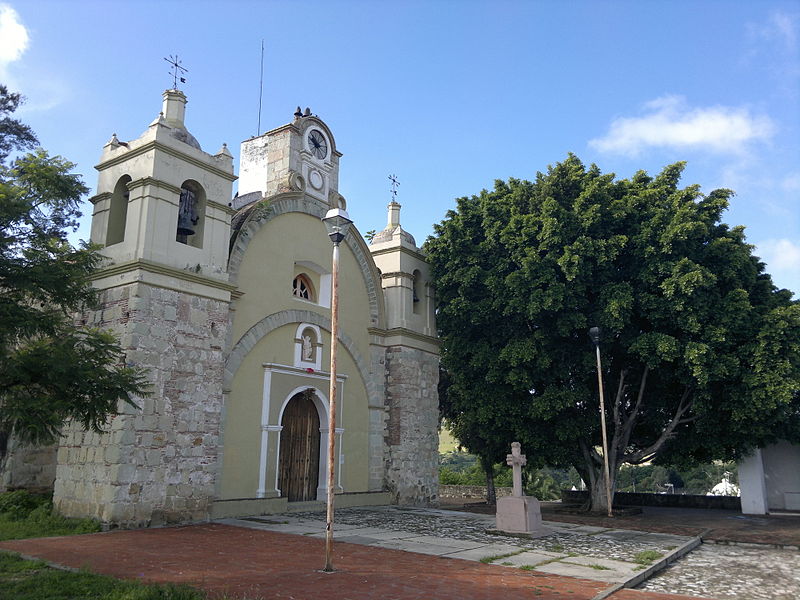The organ from the church at San Andrés Zautla, Oaxaca, is on a 2013 stamp from Mexico. Organ stamps are fairly common and a great resource into their variety is the Pipe Organs of the World on Postage Stamps blog by Michael R. Barker. You can see other articles on this site about organs on stamps from Austria, France, Germany, and Belgium, among others.
This stamp is part of a set of six featuring historic organs of Oaxaca. The set actually is a tribute to the work of the IOHIO (Institute of Historic Organs in Oaxaca). This organization restores and preserves historic instruments in Oaxaca. Of particular interest to stamp collectors, the organization is housed in the Oaxaca Philatelic Museum (MUFI). This is the fifth article about the Oaxacan organ stamps. Read Parts One, Two, Three, and Four.
The stamps are the design of Sergio Barranca and M. Cristina Anguiano using the photographs of D. Hillbert. The range in price from 7 Mexican pesos to 13.50.

Oaxacan Organs, Scott Number MX 2858a-f
Oaxacan Organs
An excellent resource about the importance of Oaxacan organs (and these specifically) is this article by David Warren Steel that I highly recommend. I want to quote his opening paragraph to add some important description:
“The state of Oaxaca is one of the most culturally diverse in all Mexico; it is also one of the richest repositories of historic pipe organs in the New World: some 65 organs have been identified, nearly all in a distinctive regional style, with some instruments dating back to 1690 or earlier. While most are in various states of deterioration, and some are clearly endangered, seven have been restored in recent years to playing condition.“
Musically, the organs in Oaxaca are special and I will quote Steel again:
“The musical resources of these organs are modeled on those of Spanish organs in the 17th century. Oaxacan organs have a single manual, and no pedal keyboard. The keyboard is recessed in a rectangular “window” in the case; up till around 1850, this consisted of 45 keys, or four octaves, from C to c”’ with short octave in the bass. The organ is divided between middle C and C-sharp: stops are drawn separately above and below this dividing point. In fact, on most Oaxacan organs, the selection of stops varies from treble to bass, with some stops available only in one hand. Pitch is low, around A=392 Hz.”
The Church

The village of San Andrés Zautla, is in the Etla Valley of Oaxaca. It is a modest building, but home to baroque folk art and an important table, or chamber, organ. The church is a wood and adobe building dating to the 16th century. However, the current structure dates from the 18th century. Baroque paintings, gilt ornamentation, and statuary fill the inside of the church. See more images here.
The Organ
The following information about the organ is from the IOHIO website. The date of the organ is 1726, though the builder is unknown. The beautiful instrument is a chamber organ with a four foot principal pipe, in other words it is an octave higher than a typical instrument. The instrument is at the pitch a=415, lower than modern pitch. The instrument is about 7 feet tall and sits on a table. The keyboard is a replacement from 1996. The project team for the restoration was led by Susan Tattershall and finances by Fomento Social Banamex and the Zautla communtiy.
DISPOSITIÓN
Left hand: 21 notes C-c’ with a short octave
1.Flautado 4´
2.Tambor
3.Veintidocena 1/2´- Quincena 1´*
4.Diecinovena 1/3´
5.Quincena 1´
6.Octava 2´
Right hand: 24 notes c#’-c’’’
1.Flautado 1° 4´
2.Pajaritos
3.Octava 2° 2´
4.Docena 1 1/3´ – Quint 2 2/3´*
5.Flautado 2° 4´
6.Octava 1° 2´
*breaks back


